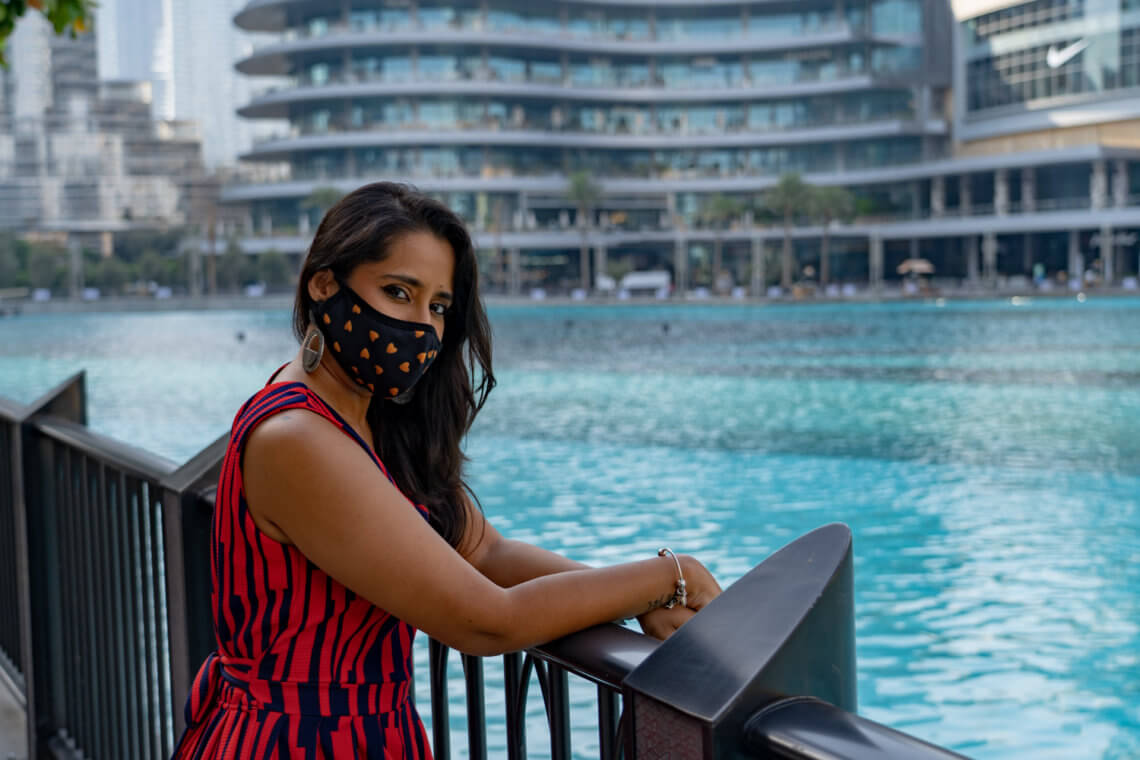
How Can We Maintain Hygiene At Work?
Lockdown is lifting, and restrictions have begun to ease across the world. One may think that everything is on its way to being back to ‘normal.’ However, we must practice caution now more than ever.
At a recent Q&A with the World Health Organization, a question was asked: “What is the risk of contracting Covid-19 in the workplace?
The answer: “The risk of exposure to COVID-19 in the workplace depends on the likelihood of coming within 1 meter of others, having frequent physical contact with people who may be infected with COVID-19, and through contact with contaminated surfaces and objects.” As a result, we have to maintain high hygiene standards at work as we return to the “new normal.”
Protecting Yourself and Maintaining Hygiene At Work
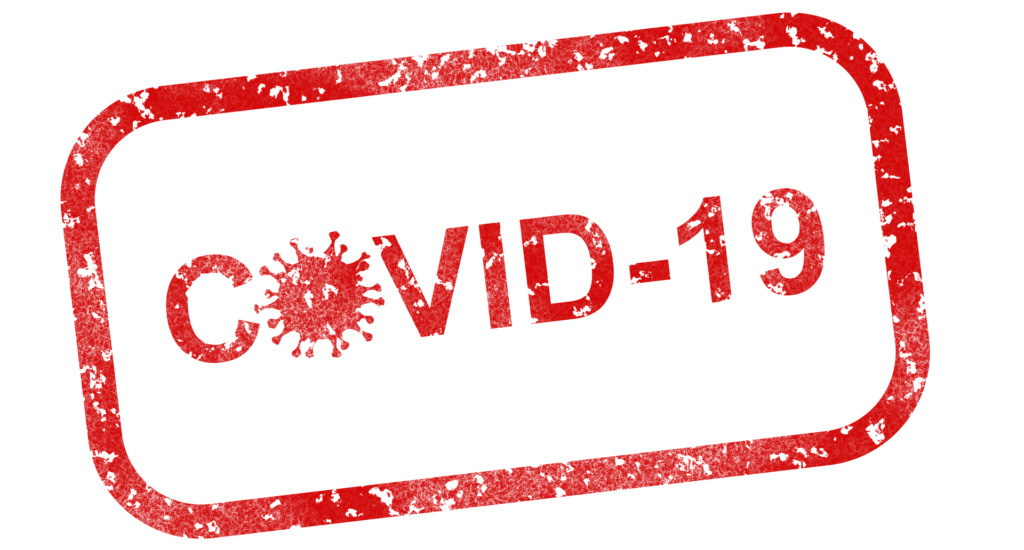
WHO gave COVID-19 pandemic status on March 11, 2020. Since then, health and safety measures have been put in place to help stop the virus’s transmission. They include maintaining a social distance of at least 1 meter, wearing face masks and gloves, and washing your hands as often as possible. In a nutshell, these measures would generally help keep you safe. However, once you’re back to work and life feels normal, you can easily forget the new changes to everyday life.
By maintaining hygiene at work, we can help to stop the spread of the virus. So, for your safety and the safety of others, let’s go over each of the imposed guidelines in more detail.
1 – Understanding Hazards At Your Workplace

There was a time when “hazards in the workplace” meant dangerous objects or actions you have to perform in your job. These days, “hazards” are the humans around us and our proximity to them.
To be safe, you need to carefully monitor both yours and your colleague’s behavior. Friendly gestures such as high fives and formalities like handshakes are no longer. If you have an ID pass or a phone on your work desk, make sure to sanitize it twice a day. This is considered a minimum, and if you can, you should sanitize it more.
Many office spaces have a shared kitchen area for employees to use. If this is reminiscent of your workplace, sanitize the area before and after you’ve eaten. If you’re given any tools or work supplies to carry out your job, make sure to sanitize them. Another way to ensure hygiene at work is to make sure your workplace is well ventilated. We’ll dive a little deeper into this later in the blog.
2 – Staying Alert & Aware Of Your Surroundings
Though you may practice good hygiene at work, others may not. To get around this, make sure to inform your colleagues of the safety measures you can take.
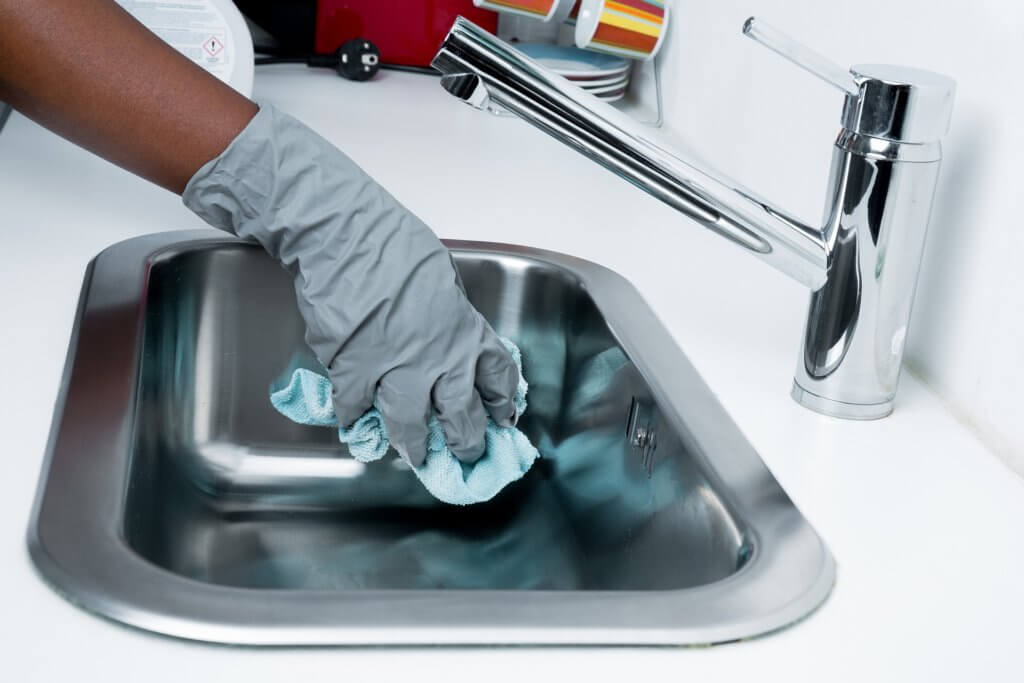
If you notice anyone displaying symptoms of Covid-19, you can suggest that they work from home and self-isolate. Such symptoms include a persistent cough, fever, or the loss of taste and smell. Though you may be wary of offending, it’s best for their safety and everyone else’s work in an isolated place.
It’s also essential to ensure your workplace has precautionary measures in place. These include checking employees’ temperature upon arrival and making hand sanitizer available in different areas throughout the workplace.
3 – Use Protective Measures
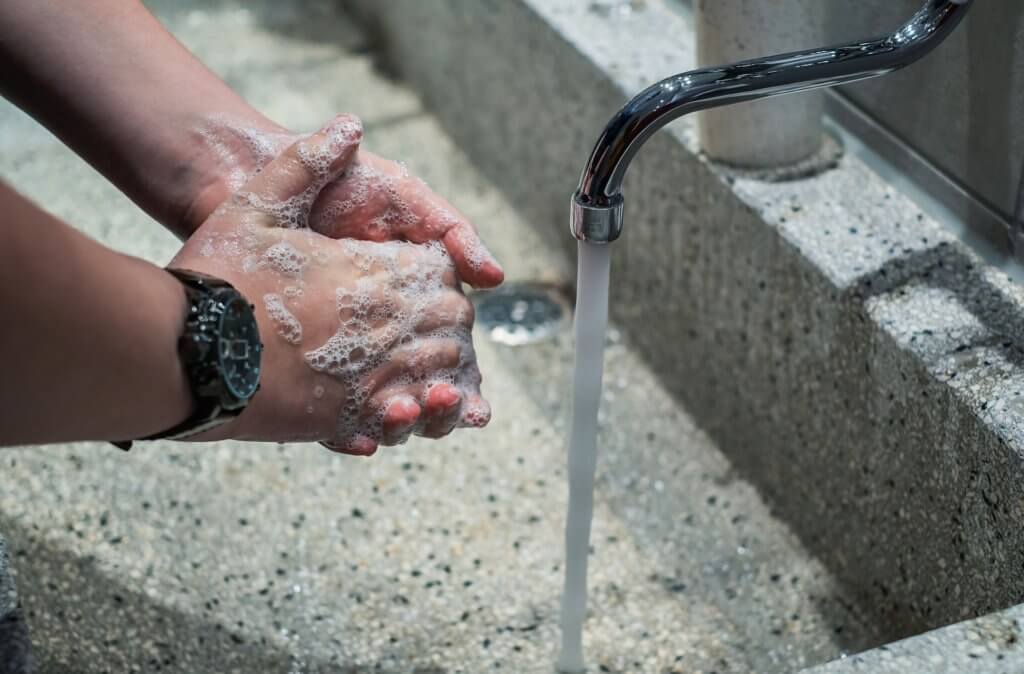
It’s important to understand that COVID-19 is here to stay. It may sound brutal, but it’s true. You should consider the protective measures in place as a lifestyle change. You need to maintain hygiene at work, at home, at the gym, and restaurants… everywhere you go. Here are some simple and effective ways to protect yourself while you’re out and about:
– Wash your hands for a minimum of 20 seconds with soap and water several times a day. If soap and water are unavailable, use a hand sanitizer containing 60-70% alcohol.
– Maintain a minimum of 3 feet (approx. 1 meter) distance between yourself and your fellow workers.
– Wear face masks and/or face shields to protect yourself and prevent contamination.
– Interact with your colleagues remotely or, if working in an office environment, as little as possible.
– Your hands touch surfaces that may be contaminated with the virus. You should avoid touching your eyes, mouth, and face with unsanitized hands.
– You and your colleagues should respectfully cover your nose and mouth when sneezing or coughing.
– Handle all possible contaminated items such as shoes, work bags, clothing, etc. with care.
– Keep up to date on the latest information from trusted sources, such as WHO or your local/national health authorities.
4 – Respiratory Hygiene
Let’s dive deeper into how you can practice respiratory hygiene. It’s an essential guideline to follow, not just to maintain hygiene at work but also everywhere else. Here’s what you can do to prevent transmission of the virus in case you’re sick:
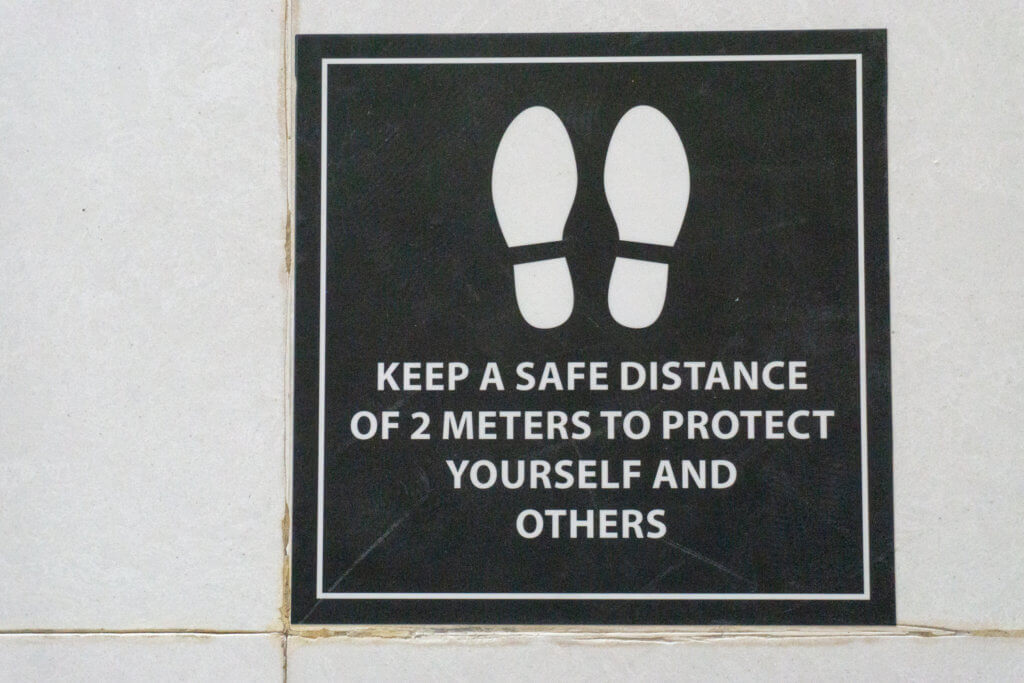
– Cover your mouth – When sneezing or coughing, do so into the crook of your elbow. Avoid using a handkerchief, as they offer a breeding ground for bacteria, and the virus can linger there.
– Use tissues – Instead of using handkerchiefs, considering using tissues. Tissues are easily disposable and pose less of a risk of harboring the virus.
– Maintain distance – I know I’ve mentioned this several times, but it’s an important guideline to follow. When someone sneezes or coughs, droplets escape their mouth or nose, which may contain the virus. By keeping your distance, you’re protected from the droplets passing on to you. Similarly, if you’re suffering from a cough or cold, you’re less likely to pass it on. However, the best way to prevent this is to wear a face mask. In doing so, there’s a much lower chance of catching or passing on the virus. This is the most important thing you can practice to maintain hygiene at work.
– Avoid touching your nose or mouth – Whether knowingly or subconsciously, we touch our face and eyes a lot every day. Try your best to avoid touching your mouth, eyes, or nose, as doing so is the most likely way to contract the virus. Again, wearing a mask or gloves can help with this.
5 – Ventilation and Filtration

How is ventilation relevant to helping maintain proper hygiene at work? To explain, I’d like to quote Joseph Allen, DSc. He’s an Assistant Professor in Exposure-Assessment Science at Harvard T.H. Chan School of Public Health. In a recent article, Allen explains how coronavirus can spread through the air.
“To visualize why this matters, think of someone with bad breath,” Allen suggests. “When you’re really close to them or right in front of them, you know it. But further away, they’re still emitting, but it’s not going to be as potent.”
He continues, “It’s similar with the coronavirus. Larger respiratory droplets will fall nearby. Aerosols will waft and disperse. Ventilation and upgraded filtration systems can be a part of an overall risk mitigation approach.”
To put it simply, ventilation can help disperse coronavirus respiratory droplets. By encouraging proper ventilation in workplaces, we can minimize the risk of transmission. It’s an essential aspect of the protective measures in place, and workplaces must enforce it. Whether it’s in the workplace or beyond, make sure the areas you’re in are practicing safe ventilation.
Stay Safe, Stay Alert, Stay Educated
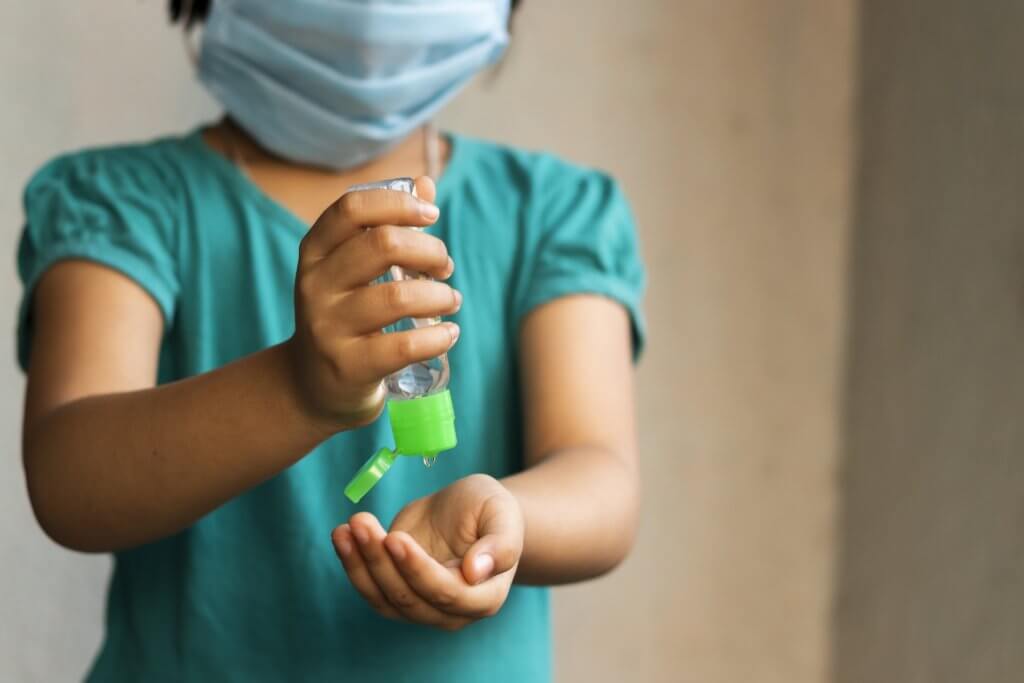
With the coronavirus situation changing so regularly, guidelines are bound to change. That’s why it’s crucial to stay informed. Don’t be afraid to ask questions – they’ll only help to ensure your safety.
If you feel that a business isn’t practicing the best safety measures, don’t be afraid to postpone your visit.
It’s worth it to protect your health and the health of those around you. As lockdown lifts and things return to normality, remember to consider the risks around you throughout the day.
Ask yourself: Do I come into contact with a lot of people during the day? What can I do to decrease my risk of exposure while I’m at work? If you think you’ve been around busy or frequented areas, it’s always better to be cautious. Practice the tips I’ve mentioned above to help keep you and your family safe when you come home from work. It may seem excessive sometimes, but ensuring good hygiene at work will keep you safe in the long run!
If you’re still working from home, then here are a few things to keep you occupied and productive besides work.




![Vlogging On Your iPhone in 2021 - A Complete Guide 2]](https://justgowithamreen.com/wp-content/uploads/2021/05/Vlogging-On-Your-iPhone-in-2021-A-Complete-Guide-2-400x330.png)
